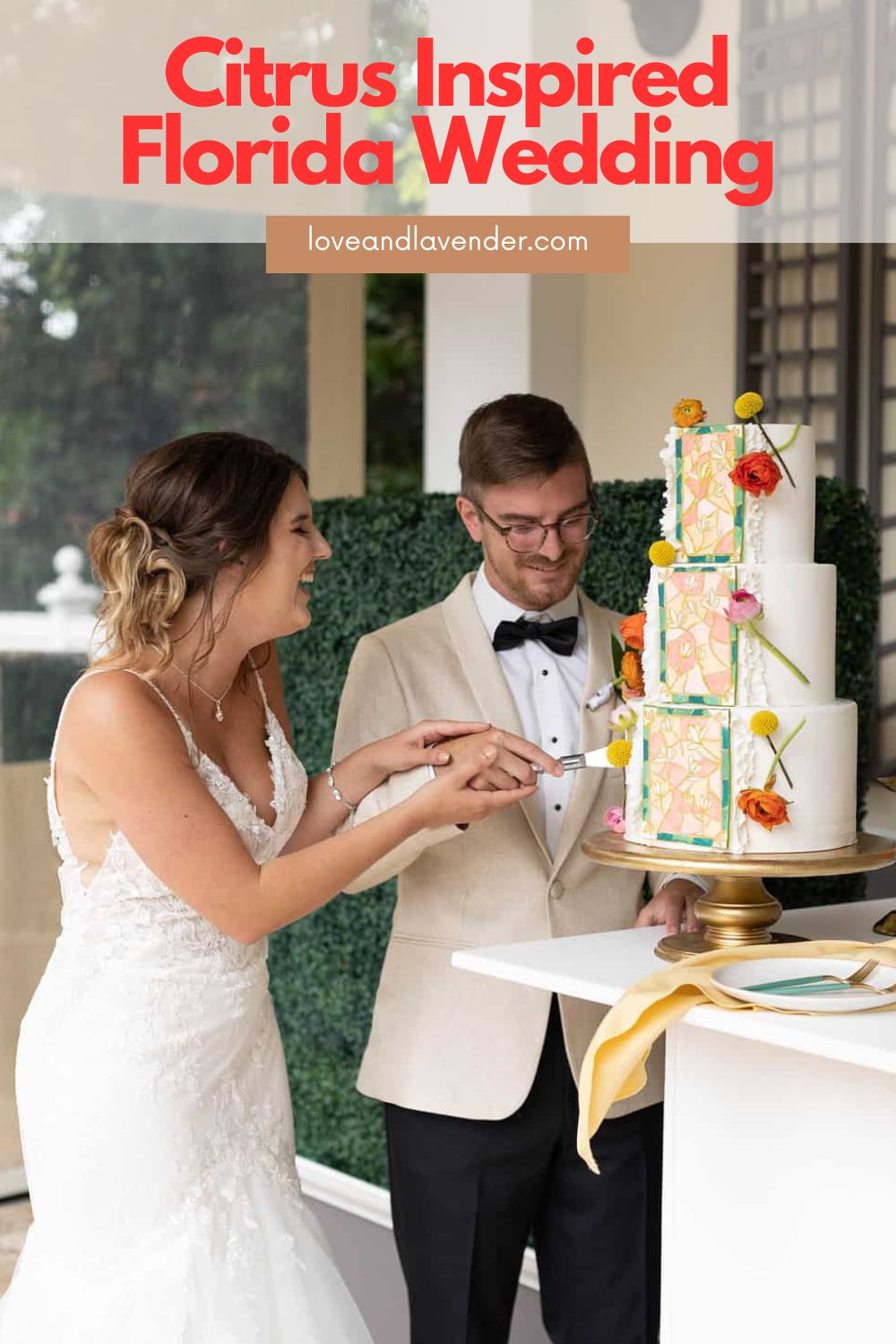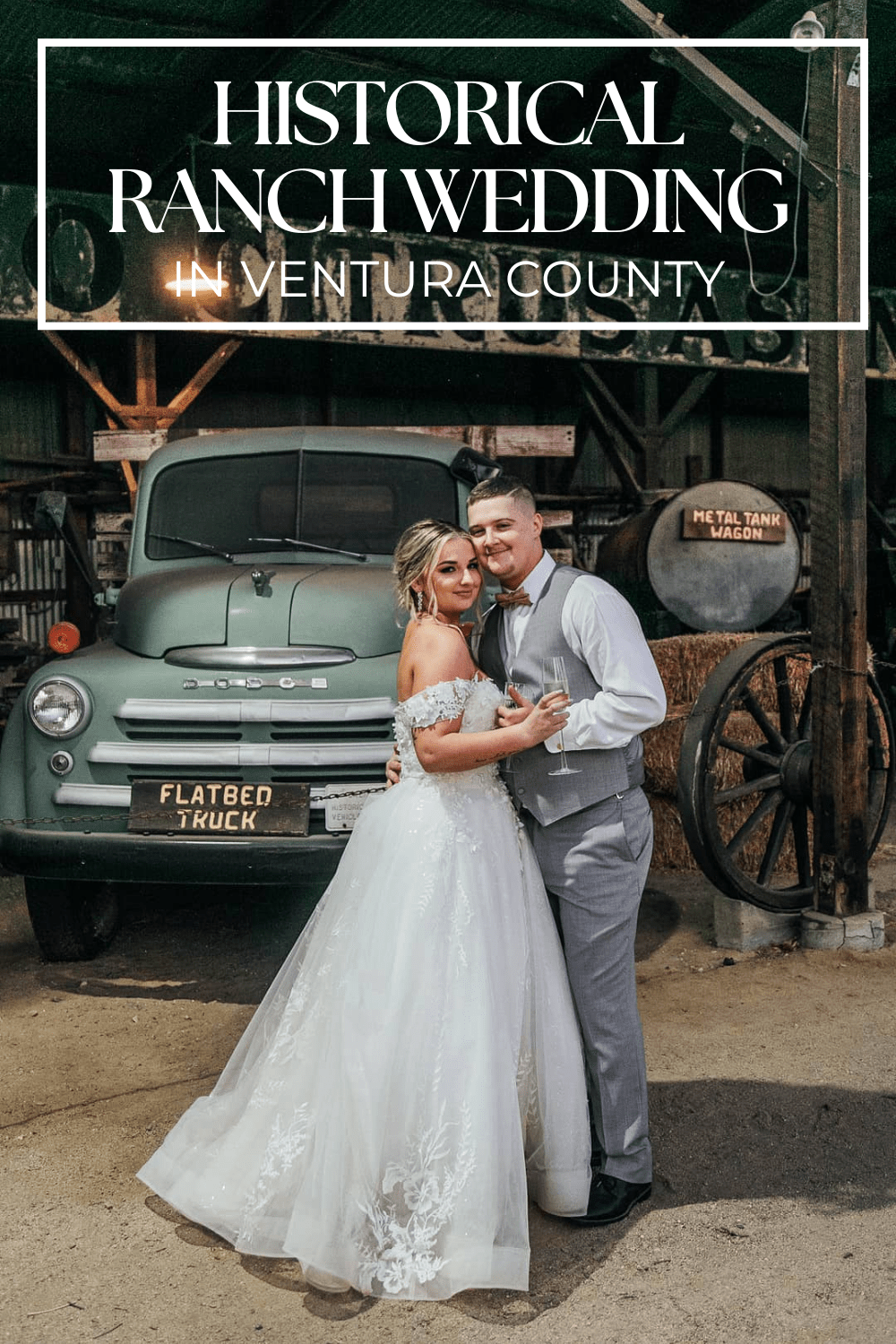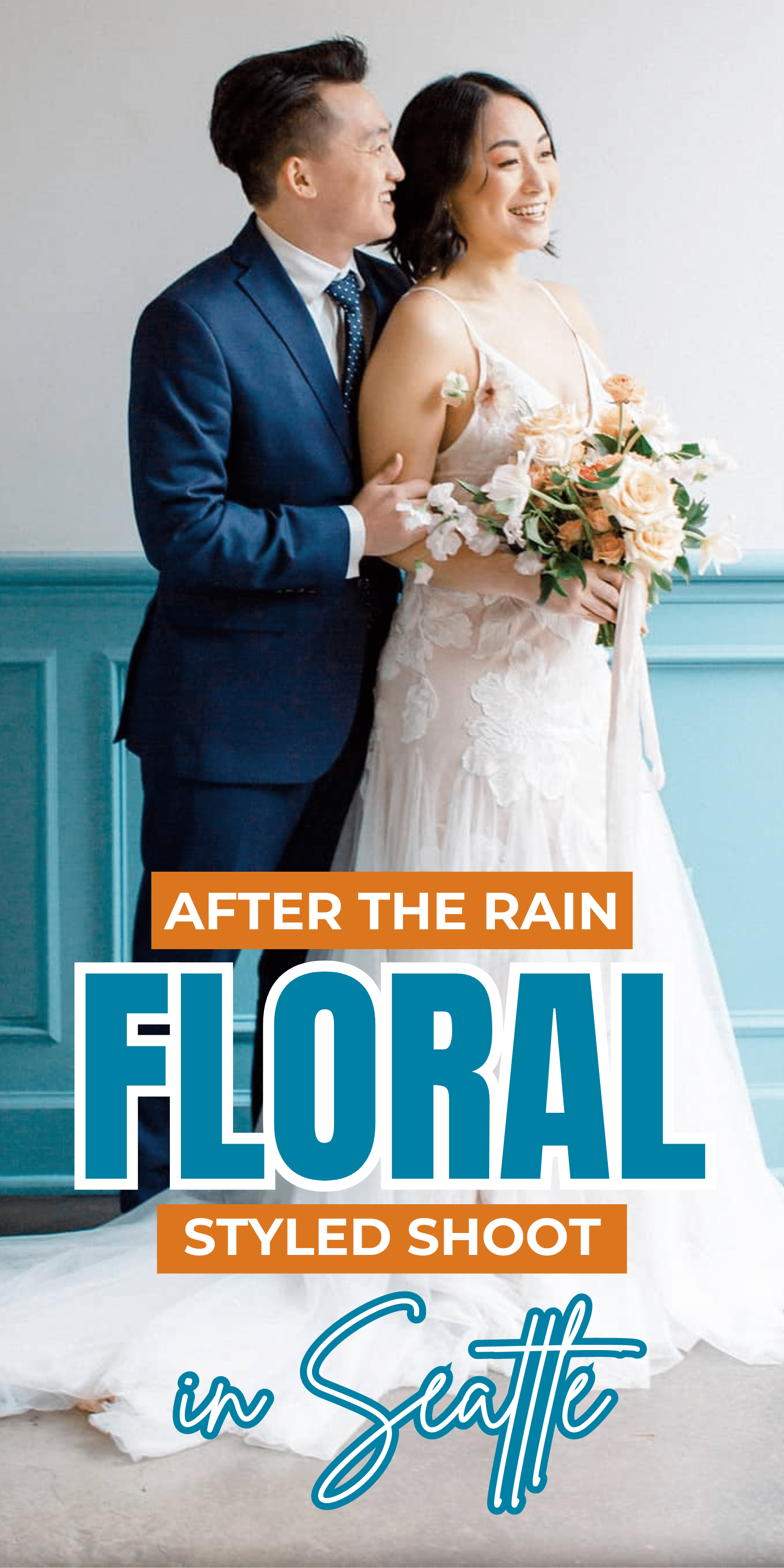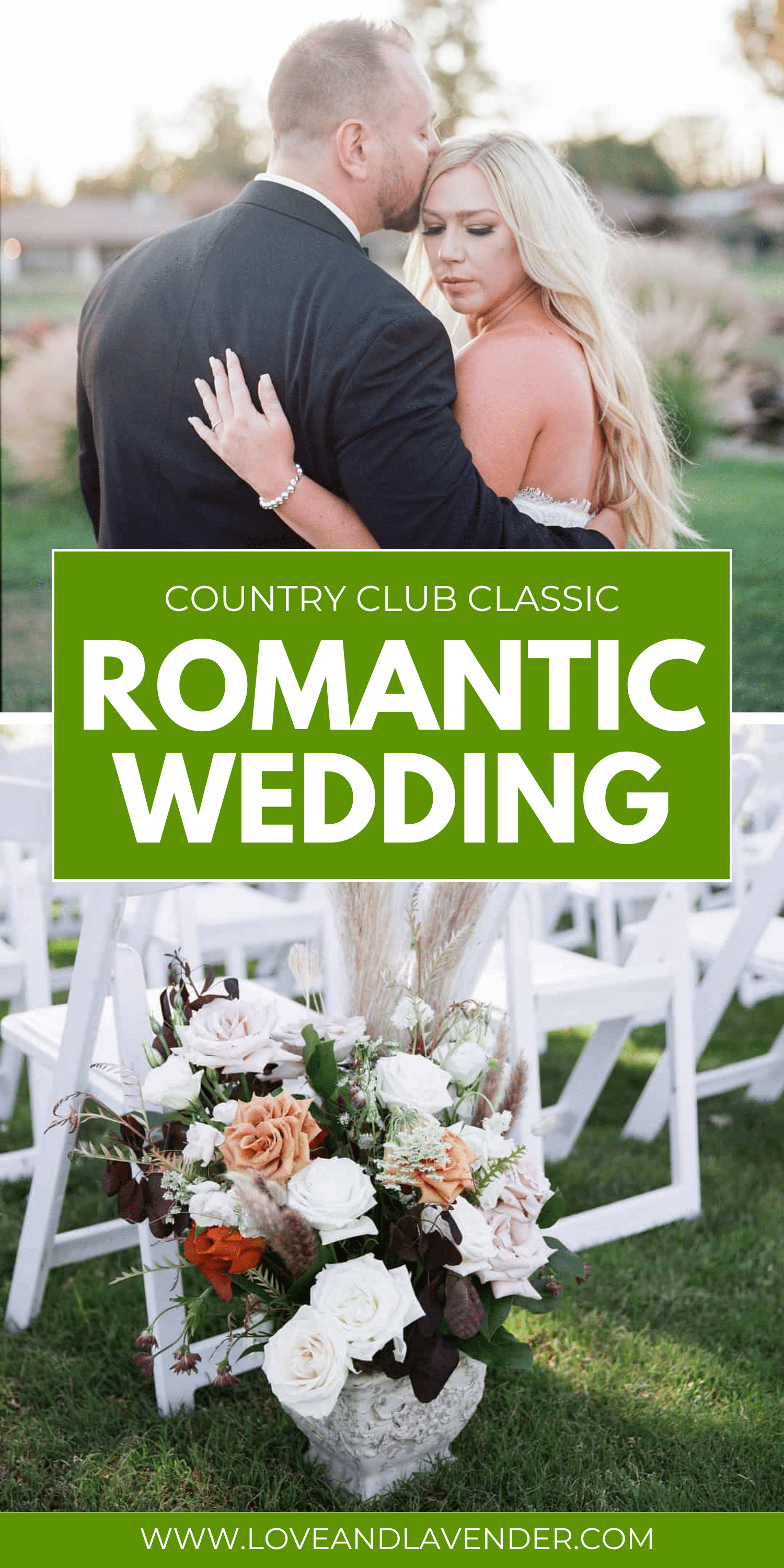 Pin
PinWhen selling diamonds, it’s important to know what factors influence diamond resale value so you can get the best price for your jewelry. It can be emotional to part with jewelry you no longer have a place for in your life, especially if you are selling an engagement ring or other meaningful piece. But as you’ll learn in this article, getting the best value for your diamond jewelry will require some patience and diligence.
If you’re looking for a quick guide to diamond resale value and how to sell your diamond for the best price, you’ve made it!
Check out our insider info below.
Diamonds as an Investment Piece
 Pin
PinYou know what they say… diamonds are a girl’s best friend. And yet, sometimes friendships fizzle out. Sometimes people change and go their separate ways. Sometimes our circumstances shift and the ring or the necklace that we thought was going to be a forever piece might start to mean something else.
In these moments, you might start asking yourself if a diamond is as great an investment as you once believed it was, and how you can turn it into the greatest profit to benefit you now.
With retailers, jewelers, wholesalers, gem traders, gem cutters, mining companies, and everyone else in the supply chain procession having a stake in the sale price of a diamond ring, there can be a lot of uncertainty and misinformation floating around when it comes to assessing a diamond’s value. How do you know which diamonds are true investment pieces? How do you get some money back for a diamond you no longer need? Where do you start?
Do diamonds have resale value?
 Pin
PinThe unfortunate reality is that most diamonds, like cars, will start to depreciate considerably after their initial purchase.
In addition to the market gem price, you’re also paying for:
- the craftsmanship that went into making the piece of jewelry
- the advertising that went into selling it
- the rent paid on the retail space where the piece was displayed
- the electricity for the flattering lights that illuminated it
- the salaries of the sales associates, the accountants, and the guy who comes in to clean the floor after the shop closes
 Pin
PinYou get the idea. Jewelry businesses pay wholesale prices for their diamonds in addition to substantial overheads which translate into the sticker price that you pay as a consumer. This is a working business model — after all, it means that the guy who cleans the shop floor gets paid a living wage — but it also means that the price you pay for your diamond is a labyrinth of supply market complexity.
The resale value of a piece of jewelry is dependent on a myriad of factors, but in general you can expect to make back between twenty and sixty percent of the initial purchase price. (There’s a couple notable exceptions to this like, as we’ll see below, fancy colored diamonds.)
What factors affect diamond resale value?
As you may have learned during your initial shopping adventure, diamonds are valued based on a number of factors, including:
- cut
- color
- clarity grade
- carat weight
- any influential brand names (such as Tiffany or Cartier)
- the quality and craftsmanship of the setting
As we discussed in our article on understanding diamond carat, diamonds are sold at a per-carat price which increases as other quality factors improve. Very high-quality, large diamonds are much more difficult to find than lower grade ones, and as such hold their value much better. Think diamonds in the D-E color range, FL-IF clarity (flawless or internally flawless) of substantial sizes.
If your diamond has been purchased from a renowned luxury retailer — think Tiffany, Cartier, or Harry Winston — it will usually command a higher resale price than one from an unknown jeweler. However, remember that these companies have much higher overhead costs than smaller businesses, and they will include these overheads in a much higher markup in the initial sale.
What this means is that you’ll be both buying and selling in a higher price bracket, but losing more in the resale price. To ensure a smaller margin of loss if you think you’ll want to resell your diamond some day, consider a trusted online retailer with low overhead costs and a lower profit margin.
If you do have your heart set on a classic luxury piece, you will get the most value out of it by making sure you hold onto all branded packaging and any documentation you received with the original sale.
Diamonds of unusual, spectacular color are some of the rare exceptions that almost always appreciate in value. In particular, blue, pink, and brightly saturated yellow diamonds always command high prices. Red, orange, and green diamonds are extremely rare and cause a lot of excitement among auctioneers and collectors. A colored diamond guarantees a return on your investment that standard colorless diamonds can’t.
Things get a little fuzzy with brown diamonds though – those you see marketed as “champagne” or “chocolate” diamonds. While they are beautiful and valuable in their own right, they tend to follow much the same value cycle as standard colorless diamonds.
Another option that can be resold for very little loss, and possibly even more than its original purchase, is vintage and antique jewelry. This is because vintage jewelry would have already cycled through its depreciation of value, and because every piece is unique.
If you have bought your piece pre-owned or inherited it, you won’t have put any of your money towards the business costs of the original retailer. Unusual pieces are prized among jewelry collectors, and it gives jewelers the option to offer their clients something no one else has.
A quick note on lab grown diamonds: there was a time when lab diamonds — that is, real diamonds that have been ethically and sustainably grown in controlled laboratory settings — were new and exciting and not too common on the jewelry market yet, and their prices were comparable to that of natural diamonds. However, our technology has now improved and become accessible enough that more and more lab grown diamonds are saturating the fine jewelry market, which has depreciated their value considerably.
The bottom line? A natural diamond will hold its value better than a lab grown diamond.
All in all, the resale value of your diamond jewelry depends on how wide the margin for profit was when you initially purchased it, and how rare or unusual an item you have to offer.
How Can I Sell My Diamond for the Best Price?
Once you’re ready to sell your diamond or diamond jewelry, there are a few different avenues you can explore.
Selling jewelry online is an easy, straightforward way to get your pre-owned jewelry onto the consumer market while being supported in the evaluation and selling process.
Alternatively, you could try selling your jewelry to a pawn shop, a secondhand or vintage boutique, or a jewelry consignment shop. Selling directly to a retailer will give you a payout right away, which is great if you need some extra money very quickly. It will not, however, give you the highest possible value.
If you don’t need the money immediately and don’t mind taking a little extra time, we recommend either selling to an established online buyer or to a local shop on consignment. Selling online is the best option for receiving highly-trained professional support in dealing with fine, luxury jewelry and reaching a worldwide market, while selling locally on consignment is your best bet if you are more comfortable working with someone face to face.
For more information on this process, see our article on how to sell jewelry online.
What does the diamond resale process look like?
Before taking or sending in your jewelry to sell, make sure you have all the paperwork you have on the piece. This means any luxury branded packaging, as we discussed above, as well as grading reports, certificates of authenticity, and insurance evaluations.
Some online jewelry buyers will include a professional appraisal in their service; however, it may be wise to get an outside opinion as well. Consider getting an updated insurance appraisal from a third-party source, making sure to request an estimated resale value from the appraiser.
If you’re selling to a shop in person, you will likely get a better return on your piece of jewelry if you’re able to supply them with a recent evaluation and specific information on the diamond, such as a lab report from a recognized gemological institute such as GIA.
Once you have all the information you need, try comparing estimates from several different buyers — two online and one in person is a good place to start. See who will give you the best value for your diamond, as well as the most support during the selling process.
Deciphering a Diamond’s Resale Value
Navigating the preowned diamond market is difficult even for seasoned professionals. They have to be aware of rising and falling jewelry trends, worldwide economic factors, new discoveries in diamond mines and mines that are shutting down or reaching the end of their supply, as well as fluctuating values of gold and other jewelry materials.
In general, diamonds will depreciate after their initial purchase except, as you have seen, in the cases of truly rare or spectacular stones. Fancy colored diamonds are among the best investment pieces in the fine jewelry world, and colorless diamonds of exceptionally high clarity and color grades are always in demand.
With some diligence and a little patience, you can still get a decent return on any of your beautiful diamond jewelry once you’ve decided it’s time to part ways. That way someone else will have a chance to give your diamond a new destiny, and you’ll have the opportunity to put that money towards something new that fits who you are and the path you’re on now.
Did you find this post useful? Would you like to get back to it later? Save THIS PIN below to your Diamonds board!
 Pin
Pin













Barbara Penza
February 2, 2022 at 10:52 amI’m wanting to sell my tennis bracelet 50 – 10 pointers 11/2 carrots, all perfectly matched, cost 8000$ , I would appreciate an valuation
Helpful ReviewAndrew
April 6, 2022 at 12:38 amHi Barbara,
Helpful ReviewWe don’t actually perform valuations. I would suggest getting in touch with a company like Worthy who can give you an estimate.